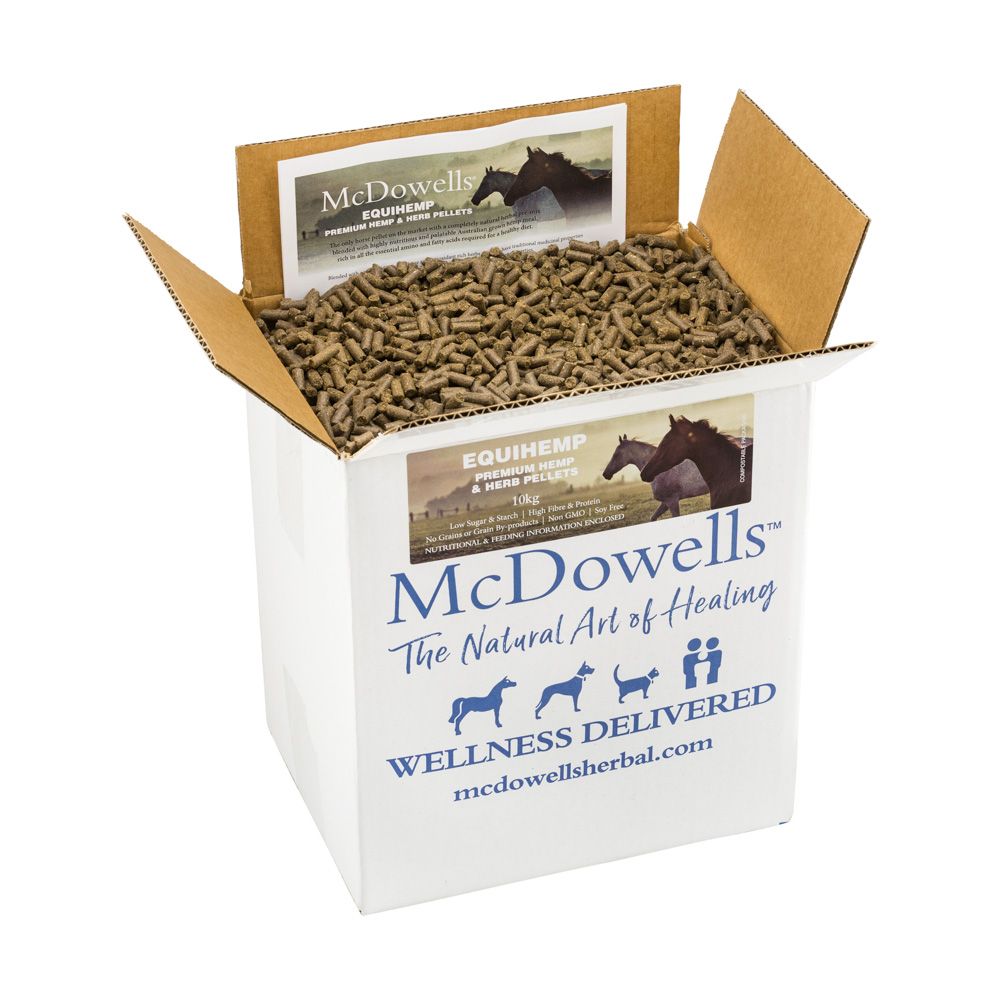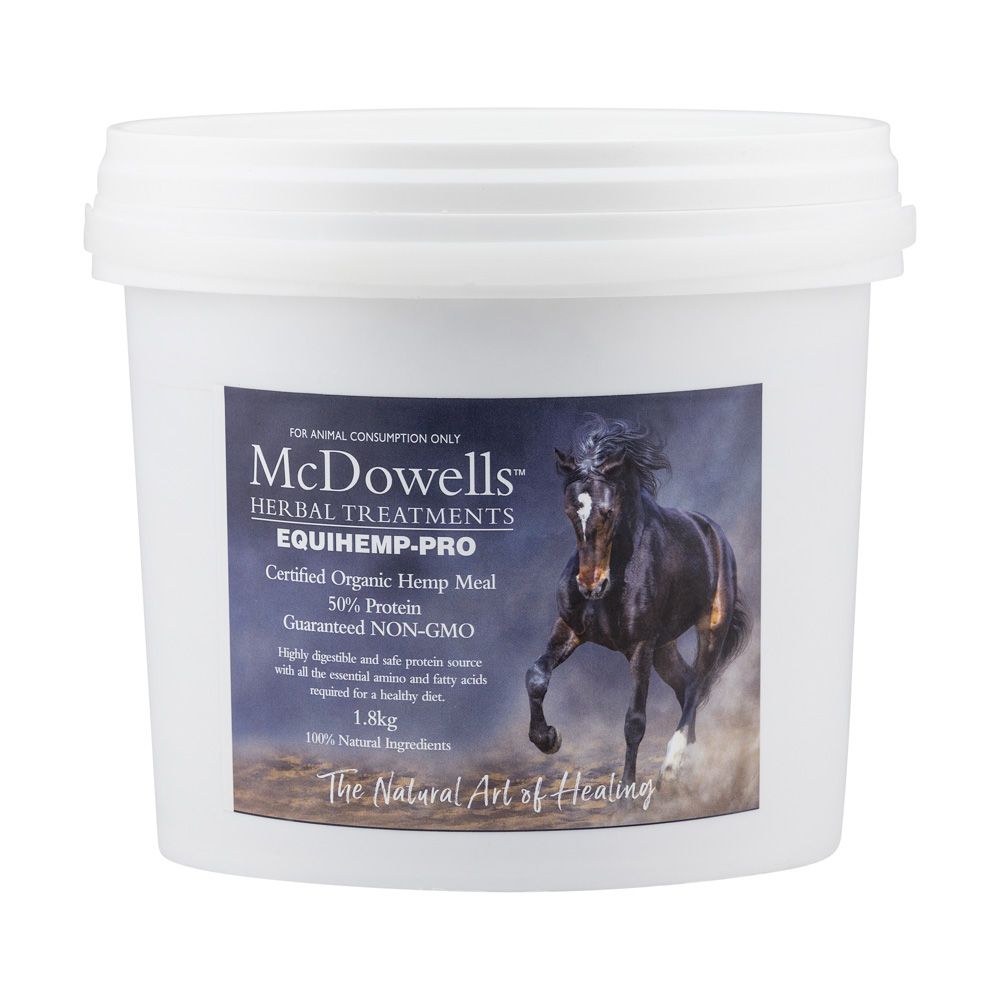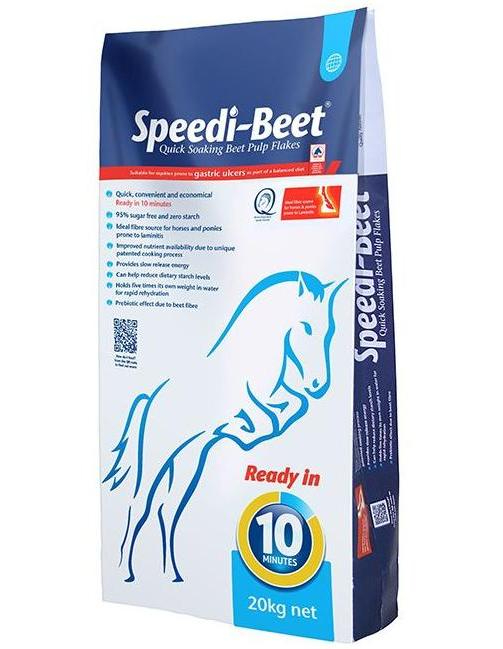If you have ever asked me about what is the best diet for your horse, you would already be aware that I am not a fan of feeding soy-based feeds. In my opinion there are several issues of concern when feeding soy to horses...
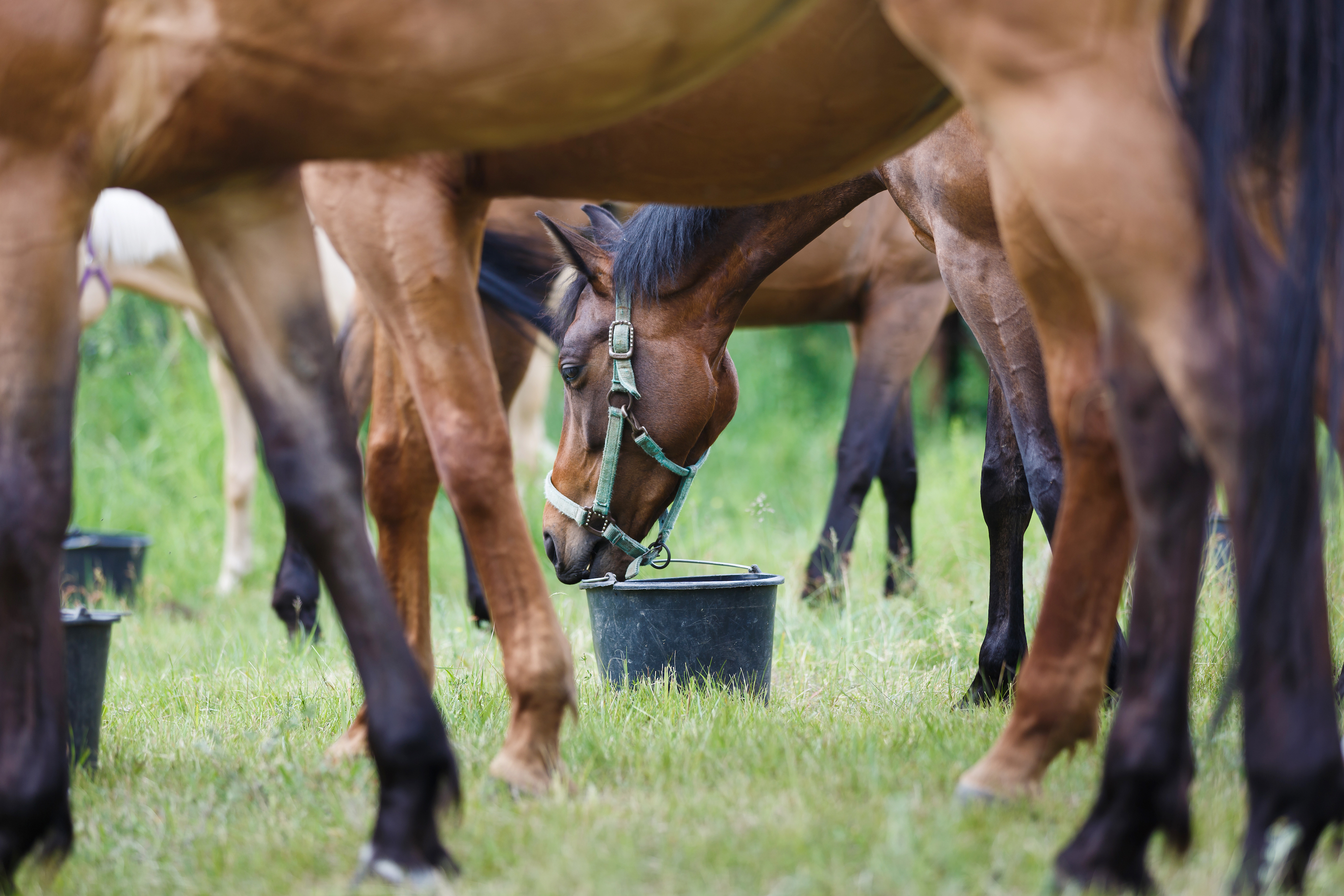
Soy is native to China and are technically a legume. It is first described in Chinese manuscripts in 2850 BC and was first farmed for domestic use by 1100 BC3. Soybeans (and other legumes) were used as a fertiliser rather than as food It was a 'green crop', with the ability to draw nitrogen from the air. It was used, and still is, as a rotational crop and ploughed back into the soil to enrich the soil for other crops such as wheat or millet1.
In the 1950s America overtook China in soybean production. These days China imports large quantities of soybeans and its by-products from America1. This is largely GMO, monoculture and heavily processed soy products.
Observational studies used traditional soy foods like tofu, miso, tempeh and soy milk - fermented, traditional and with low processing. On the other hand, quite a bit of soy research has focused on specific components like soy protein isolate or isoflavones.
In herbal medicine especially, we believe that isolating a nutrient from its natural form can change its effects on the body, and soy is no exception2.
Forms of soy that appear in horse feed include processed soybean meal, soybean flour, roasted soybeans, steamed soybean flakes, extruded whole soybeans and soybean oil. Soy is a cheap feed to produce and in some countries it is subsidised by the government, making it even cheaper (which is one reason feed companies use it!).
One of the first concerns is soybean agglutinins (SBA), also known as soybean lectins (SBL), are lectins found in soybeans. It is a family of similar legume lectins which can be found in lupins, mung beans and even lucerne. A lectin is an anti-nutrient that chelates minerals.
For horses, one of most significant ones is a trypsin inhibitor which interrupts many metabolic pathways in a horse's gastrointestinal tract. Trypsin is a protein-digesting enzyme manufactured by the horse which breaks up proteins into amino acids so they can be utilised. The anti- nutrient essentially disables protein-digestion. You could be feeding protein in the diet and yet the soy is disrupting the digestion of it! It reduces the protein in the whole diet, not just the soy! (2)
Processing or ‘cooking’ the soybeans, can reduce the impact somewhat, but it doesn’t eliminate the anti-nutrient factor 100%.
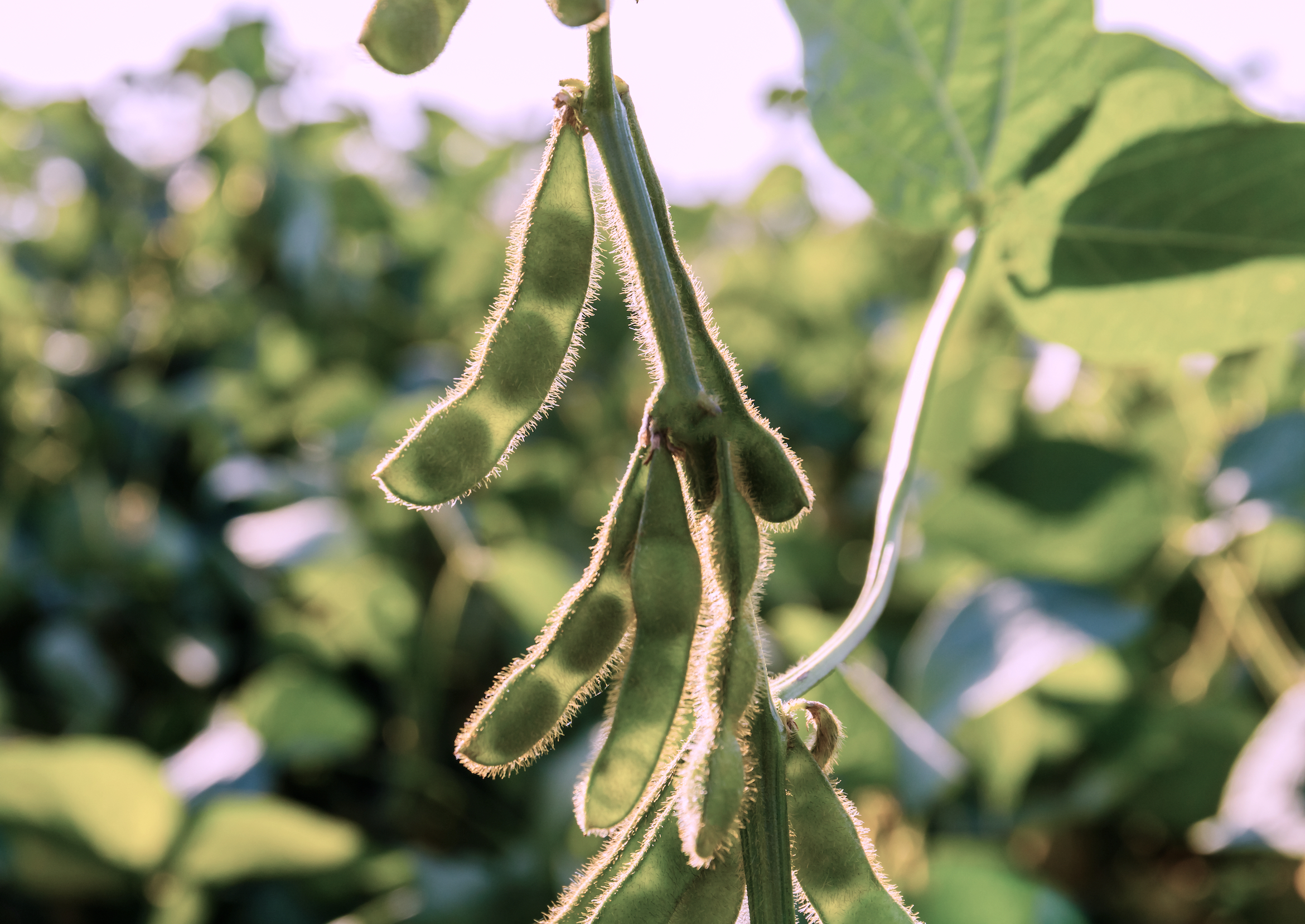
Research I have come across suggests that less than half of the lectins are deactivated, even with extensive cooking (boiling for over 20 minutes). Cooking therefore is not sufficient to correct the problem caused by the anti-nutrient factor.
Raw soybeans also contain other anti-nutrients, including phytic acid (from phytates), which binds and prevents mineral absorption of zinc, calcium, and magnesium.
The second biggest concern is Genetic Modified Organisms (GMOs). These crops have been developed specifically to allow top dressing of glyphosate. It is now understood that glyphosate is residual and will damage metabolic pathways of gut flora. There is a strong relationship between the chemicals used on crops and microbiota health. GMO soy is imported and is used in literally all stock feeds.
Thirdly, I am not a fan of using soy due to the potential endocrine disrupting effects the phytoestrogens in the plant. Phytoestrogens which can block the hormone oestrogen and have adverse effects on tissues. It also appears that it interferes with thyroid function, which may also affect your horse’s metabolism.
Whilst documentation from feed companies and nutritionists suggests its only raw soy that causes problems, I have found in practice when we are assisting horses for various issues, removing soy from the diet has an almost immediate positive effect - in particular with Cushing’s and EMS horses, as well as hormonal mares.
Furthermore, horses are herbivores and have a digestive system that is adapted to digesting plant material. Soy is a legume, which means it contains different types of carbohydrates and proteins compared to the grasses and other forages that horses typically consume. Feeding too much soy or other legumes can disrupt a horse's gut microbiome and lead to digestive upset.
What's the alternative?
Equihemp Pellets
We created Equihemp Pellets as a solution to this issue. Equihemp pellets are only horse pellet on the market with a completely natural herbal pre-mix blended with highly nutritious and palatable Australian grown hemp meal, rich in all the essential amino and fatty acids required for a healthy diet. Blended with a variety of nutrient dense and antioxidant rich herbs that also have traditional medicinal properties aimed at organ and gut health as well as immune boosting properties.
Aloe vera, chamomile, fennel and ginger are all soothing and supporting gut health whilst beetroot powder and kelp are rich in vitamins bioflavonoids and minerals aimed at a healthy endocrine system. Rosehips and turmeric need no introduction as being two of the most popular and useful herbs used in the modern horse's diet aimed at kidney liver and immune function.
Speedi-beet
Cath recommends Speedi-Beet as the base ingredient in all her therapeutic feeding regimes. Speedi-Beet is a highly nutritious, quick soaking beet pulp feed that’s 95% sugar free with no added molasses. Alongside Speed-Beet’s starch-free with a guaranteed low in sugar formulation, it’s also safe to feed to horses prone to laminitis.
If you suspect your horse has been affected by soy based feeds, I do have many other options for conditioning as well as performance and breeding. Please contact me via the website for more information.
Equihemp
Equihemp is certified organic hemp meal with 50% protein. It 's guaranteed non GMO. It is highly digestible and safe protein source with all the essential amino and fatty acids required for a healthy diet. Hemp protein is gluten free and a good source of cool energy and with its unique combination of essential amino and fatty acids is a super food that can ease joint pain and inflammation, support cardiovascular health, improve the condition of the skin, coat, hooves, and tail, and act as a digestive aid.
Hemp is high in fibre and vitamin C, vitamin E, and chlorophyll, and is highly palatable. Unlike soy and other legumes, hemp does not contain trypsin inhibitors and oligosaccharides, which can cause stomach and gastric upsets.
References
(1) Soy Story - The History of the Soybean by Stephen Jack.
(2) Sound Science: History of Soy and Health By Allison Webster, PhD, RD
(3) The History and Uses of Soybean


